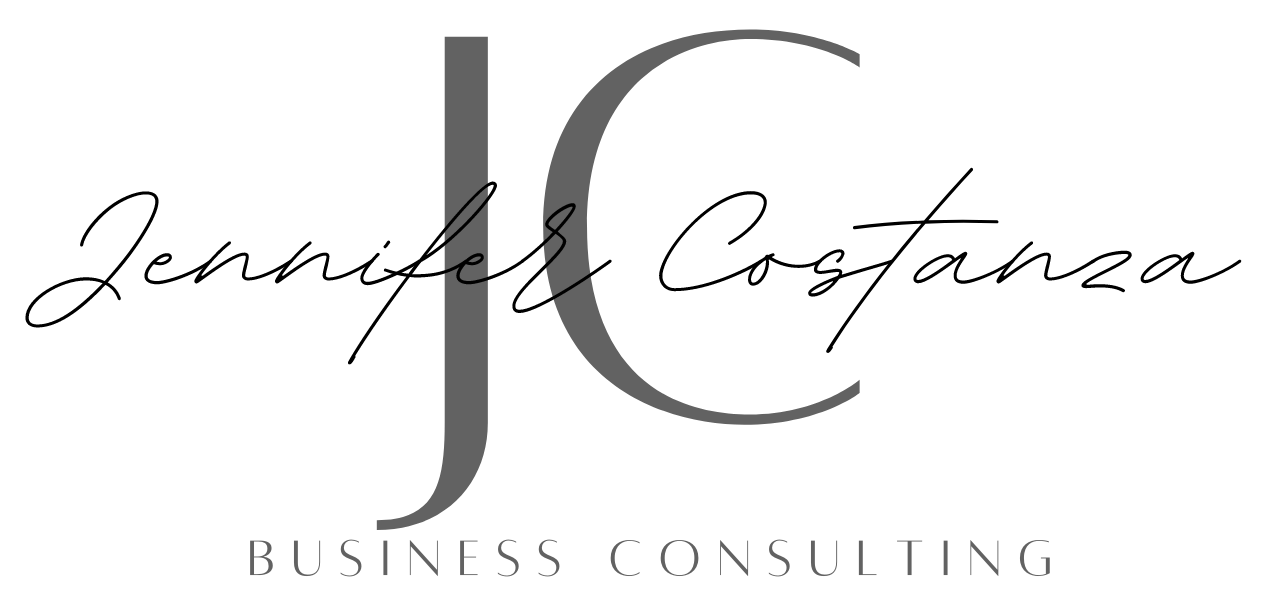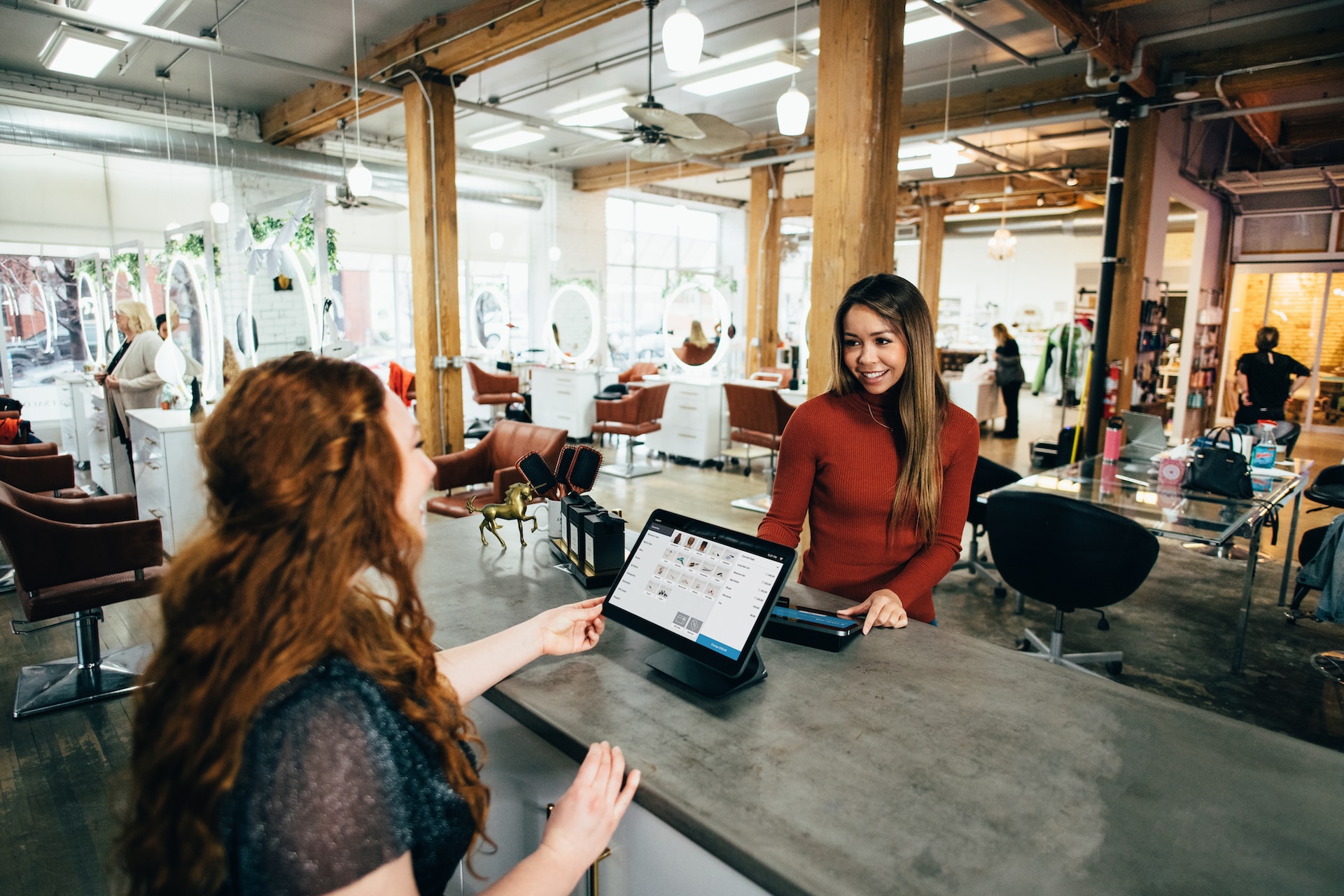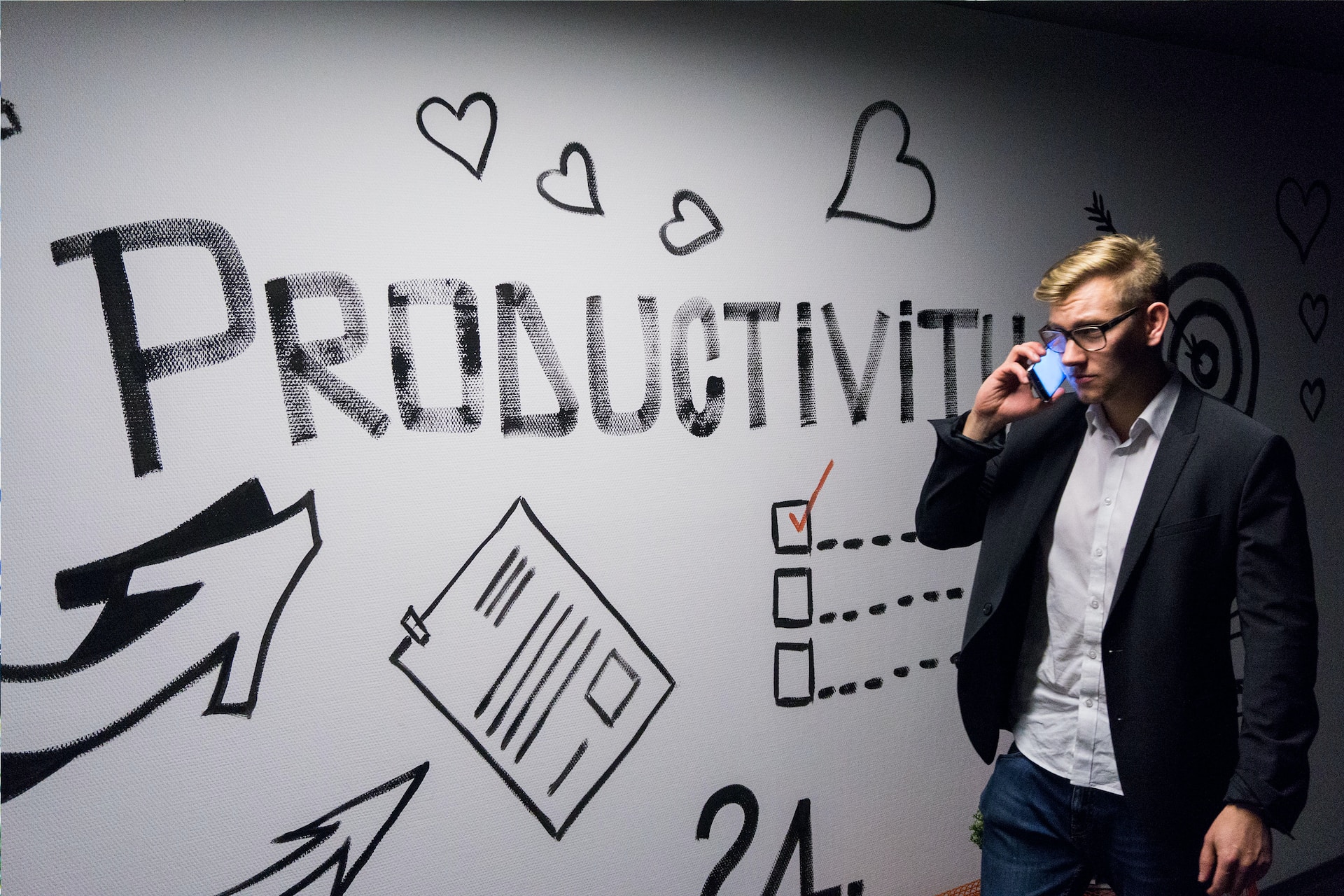Decisions, decisions…this is a topic that has been a consistent curiosity of mine. How do we make decisions? What’s the driving force behind each decision we make? And how can we be confident that what we choose won’t lead to failure or regret?
Well, I recently stumbled upon an article from Inc.com that happens to dive into this exact topic. The article covers four rules of emotionally intelligent people as they pertain to decisions, making more notable first impressions, and living an overall more fulfilling life. And who doesn’t want that?
Since a lot of the information stood out to me, I’ve decided to spend the next few posts covering some key takeaways from the article, starting with the area of decision-making.
The first rule covered is that of the “Two-Way Door” rule.
When it comes to the more difficult & seemingly finite decisions of life, our minds tend to create fearful narratives that can block us from taking the actions that will benefit us & our goals. It’s perfectly natural, of course, for us to (briefly) ponder some of the potentially negative outcomes that can result from choosing one option over another. However, this has become a default way of thinking for a lot of us when facing new challenges, and big changes in our lives.
In short, we dwell on the possible downsides. We humans love certainty, and the unknown can look like a dark & terrifying space.
And subsequently, this can cause us to make choices from more of an emotional place, rather than a place of clarity & purpose. It can also cause us to refuse change altogether which, in my opinion, can ultimately be scarier than failure. But luckily for us, we can completely reframe how we make big decisions by utilizing this rule…
Backed by science & Mr. Prime himself, Jeff Bezos, this rule highlights the differences between two types of decision-making.
One-way door decisions (like a literal one-way door) are the seemingly irreversible, more concrete decisions. This can look like something as trivial as purchasing a non-refundable item. It can also be more consequential like terminating an employee or selling a company. Either way, these are the ones that we ideally want to spend more time on, deciding through more rational & strategic lenses, as this almost acts as a ‘no going back’ approach.
Not knowing what’s on the other side of decisions like these can act as a feeding ground for fear. And unfortunately, thinking that this is the only approach can be detrimental to the outcome.
Well, what if we embraced the idea that not every decision we’re faced with has to result this way?
Two-way door decisions are quite the opposite. This ‘Type 2’ (as Bezos refers to it) decision-making approach provides the security of being reversible & far less permanent! Examples listed in the article include hiring a new employee, starting a side hustle,
and creating new pricing models for your business.
Bezos emphasizes the importance of recognizing the difference between these two types of decisions. Leaning into the two-way door rule leads to the ability to make faster, wiser decisions as well as correct the bad ones. It also opens our minds to more options, causing us to be less fearful of potentially negative results.
Yes, visualizing potential downsides is important. Yes, there will still be times when two-way door decisions will have to become one-way door decisions. There will also be times when we make the “wrong” decision. But whether in business or in everyday life, stepping outside of ourselves to look at the big picture from a more neutral & logical perspective trains our minds to recognize the best courses of action, inspiring us to take them with confidence & determination!




